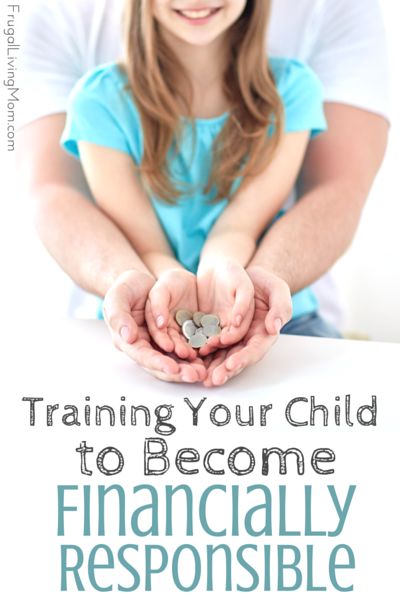Teaching Children Financial Responsibility Through Horse Care

Teaching children financial responsibility is a vital life skill, and involving them in horse care offers a unique, hands-on approach. Caring for a horse requires consistent attention, budgeting, and planning, which can help children understand the value of money and the importance of managing resources wisely.
Why Horse Care Teaches Financial Responsibility
Horses are expensive to maintain, and their care involves various costs such as feed, veterinary services, equipment, and stable fees. By participating in these activities, children learn to appreciate the financial commitment required and develop budgeting skills.
| Expense Category | Description | Approximate Monthly Cost (USD) |
|---|---|---|
| Feed and Supplements | Hay, grain, vitamins, and minerals | $150 – $300 |
| Veterinary Care | Routine check-ups, vaccinations, emergency care | $50 – $200 |
| Equipment | Saddles, bridles, grooming tools | $20 – $100 (initial and ongoing) |
| Boarding/Stabling | Renting a stall or pasture space | $200 – $600 |
Key Financial Lessons Through Horse Care
- Budgeting: Children learn to allocate funds for different needs, understanding priorities.
- Saving: They see the importance of saving money for unexpected expenses like vet emergencies.
- Responsibility: Regular payments and care routines teach commitment and accountability.
- Decision Making: Choosing between different products or services helps develop critical thinking.
Practical Activities to Reinforce Learning
- Create a Monthly Budget: Help children list all horse-related expenses and plan how to cover them.
- Track Spending: Maintain a log of actual expenses versus the budget.
- Set Savings Goals: Encourage saving for larger purchases like new equipment.
- Discuss Cost-Benefit: Evaluate cheaper versus higher-quality options.
Frequently Asked Questions (FAQ)
Q: At what age can children start learning about horse care finances?
A: Children as young as 7 can begin with simple concepts like budgeting and saving, with guidance.
Q: How can horse care be affordable for families on a budget?
A: Consider shared boarding, second-hand equipment, and learning basic care tasks to reduce costs.
Q: What if a child loses interest in horse care?
A: Use the experience to teach transferable financial skills applicable to other interests.
Conclusion
Incorporating horse care into teaching financial responsibility offers a practical, engaging way for children to learn essential money management skills. It combines real-world experience with valuable lessons in budgeting, saving, and decision-making that will benefit them throughout life.
